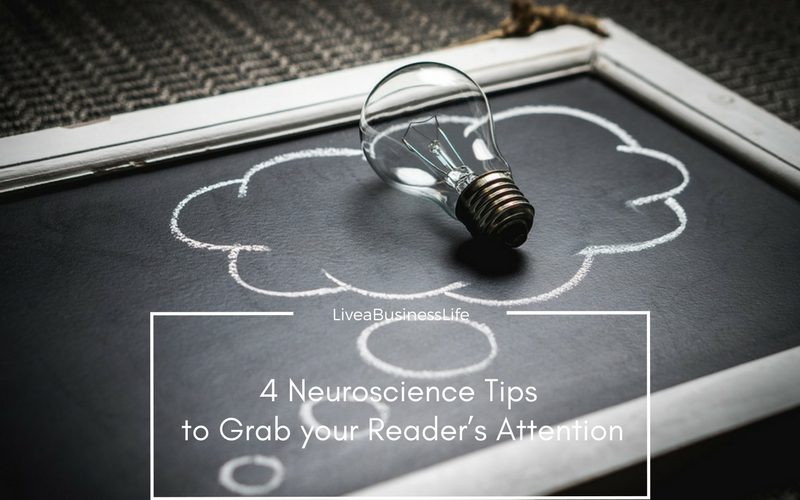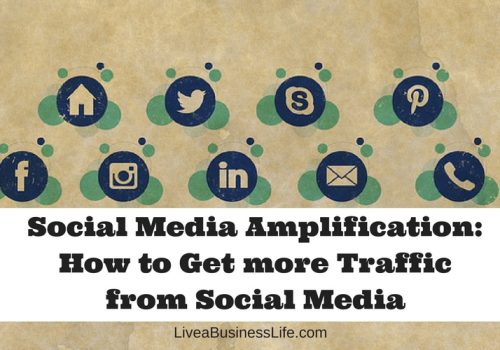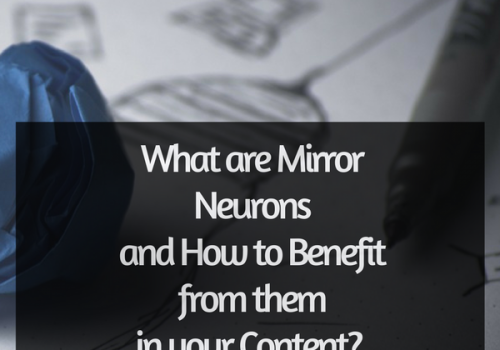
Virtual Reality and Consumers’ Experience (infographic)
April 7, 2017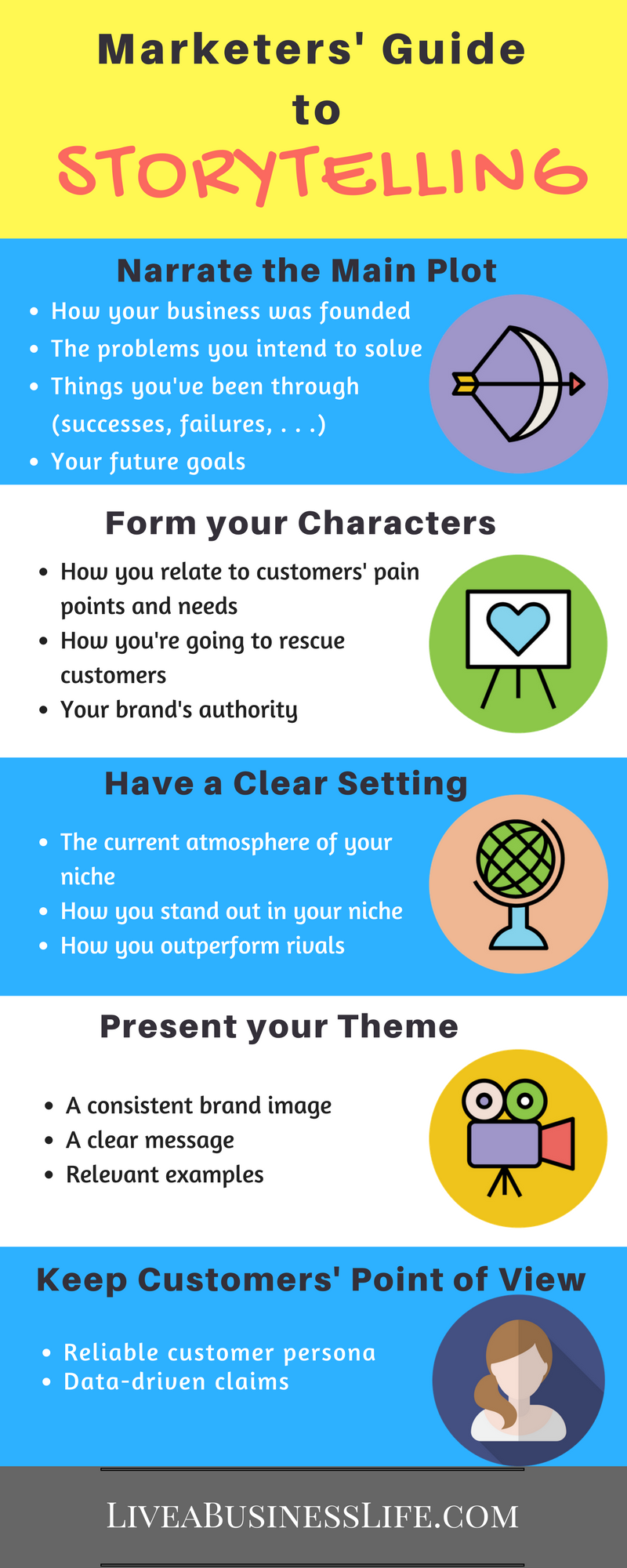
[Infographic]: Marketers’ Guide to Storytelling
April 25, 2017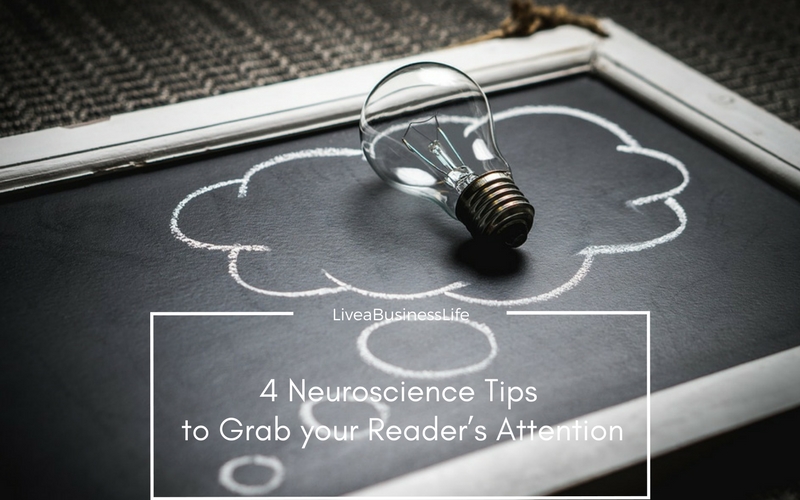
When there is nothing to grab our attention, it is flatly distributed in the environment around us (or within us). But when a salient incident happens, we get distracted from the normal course and focus our attention on it. This is the general mechanism of course, but how to make use of it in our content?
Written language is NOT by nature an attention-grabber
Written language has not been around for more that 5000 years while the history of modern human beings goes back to at least 100,000 years ago.
We had a comfortable 95000-year span of time living without having to read a complex jumble of symbols set together to convey a meaning. We simply talked to convey that meaning. This is why we prefer somebody read the symbols to us rather than take the pain to go through the symbols ourselves. Or, from an evolutionary point of view, reading is not hard-wired in our brain.
Our brain comes into the world with the pack of regions and pathways to process spoken language. It has the natural ability to understand language when it is received as an auditory input.
However, when the language is received as a visual input (through written words), our natural ability to understand it is challenged. Our brain is not designed to naturally link visual input to its language processing regions, and we only do it when we spend time and effort to learn reading. As a result, our brain has more difficulty to read than to listen.
And apart from this, consider the fact that we’re facing a content shock these days. There was a time when you could publish almost any post in your area of expertise, and then people would swarm in your blog and cherish every word in it as the fruit of your knowledge. But not any more.
Every day more than 3 million blog posts are written, and people are literally bombarded with other types of content that might teach the same things over and over again. And this means competition, an intense competition for attention.
Now, how is it possible to write a piece that grabs people’s attention and persists until it converts? Read on and you’ll know.
1.You have 8 seconds to provide the hook:
Well, we’re talking about human beings, not an algorithm right? If a content grabs attention of a search engine but does not look interesting to an actual reader, it won’t convert.
Study shows that in the age of smartphones, human attention span (8 secs) has shrunk to less than that of a goldfish (9 secs). People have more notifications to check and more stuff to think about.
When you take your online content in front of people, you have 8 seconds or so to look interesting and grab their attention, or they’ll fly to check out another content.
When you take your online content in front of people, you have 8 seconds or so to grab their attention Click To TweetAs a result, it won’t matter if your content is among the first results of the search engine. If it’s not interesting for your niche, it won’t convert. Try to figure out the real problems of your audience rather than the search engine’s interests.
2.Target the decision-maker part of the brain:
Let’s cast a closer look at how we make decisions.
Our brain has three distinct parts: new brain, mid brain, and old brain or reptilian brain. Each part has its own specific responsibilities according to Salesbrain: new brain is responsible for rational thinking, mid brain is responsible for emotions, and the reptilian brain is the seat of our basic instincts such as survival and reproduction.
Although reptilian brain consults inputs from other two parts, it has the final saying in making the decisions. The reptilian brain has six characteristics according to Neuromarketing, a book written by Patrick Renvoisé and Christophe Morin:
- It is self-centered—always searching for ways to relieve pain and increase comfort.
- It can pay attention only to the beginning and ending of lengthy communications.
- It is visual.
- It likes contrast.
- It best understands simple language.
- And, finally, it is triggered by emotion.
Fine tuning your content to act as a stimulus to the reptilian brain is sure a great way to persuade people to make decisions the way you want.
3.Write about states of mind:
We have the natural tendency to track others’ states of mind. Memories, beliefs, desires, intentions, expectations, points of view, anything that could be found in others’ minds are interesting for us.
In cognitive psychology it is called Theory of Mind, the ability to attribute distinct mental states to others as compared to oneself. And it is real mind reading.
When you look at a person and immediately understand that he/she is sad, you’re using your theory of mind. When you see a poor homeless child, and empathize with him, you are using your theory of mind again, because you’re guessing how he is feeling and immediately put yourself in his shoes.
Empathy is the direct consequence of our mind reading skill.
Without ToM, communication is impossible. People with autism normally lack ToM, which makes them unable to read others’ minds and communicate with them. But non-autistic people are willing to discover what’s happening in a person’s mind, and base their everyday communications on their mental findings.
The takeaway is that talking about mental states could be a great attention-grabber in your content. Use human case studies, write in first person point of view, use your personal experiences, and ask interview questions based on mental evaluations: feelings, emotional experiences, judgments, predictions . . . .
To grab your readers' attention, use human case studies, first person point of view, and personal experiences. Click To Tweet4.Harness the power of stories:
Studies show that our brain does not make any distinction between reading about an experience or encountering it in real life. When the subjects in an fMRI study were asked to read words, phrases or sentences that incorporated other sensory inputs such as smelling or touching, the corresponding parts of the brain were activated too.
Our brain does not make any distinction between reading about an experience or encountering it in real life. Click To TweetFor example when people read words like “lavender,” “cinnamon” and “soap”, the parts of the brain responsible for smelling was activated in addition to the parts related to language processing. Also when they read sentences like “The singer had a velvet voice” and “He had leathery hands”, their sensory cortex was seen activated.
You can activate brain’s sensory parts by incorporating the senses in your writing, and this is an exciting way to engage your audience.
This is especially great when you think that how a well-told story could make people identify with the characters and then see themselves as experiencing the incidents. Storytelling is a compelling way to plant ideas into people’s minds without having to beg them to do an action or remember something.
Use a bit of storytelling in your content and it will make your message linger on in your audience’s mind.
***
Hey friend, can I ask you a little favor?
If you find the article useful, will you please spread the word? (See those beautiful share buttons below? you can use them 🙂
If you don’t find the article useful, will you please let me know your reasons? What were you expecting when you opened the page? What’s wrong about my blog or its contents? I’d be more than happy to know what you think through “comments” or Contact me page.
Thanks,


